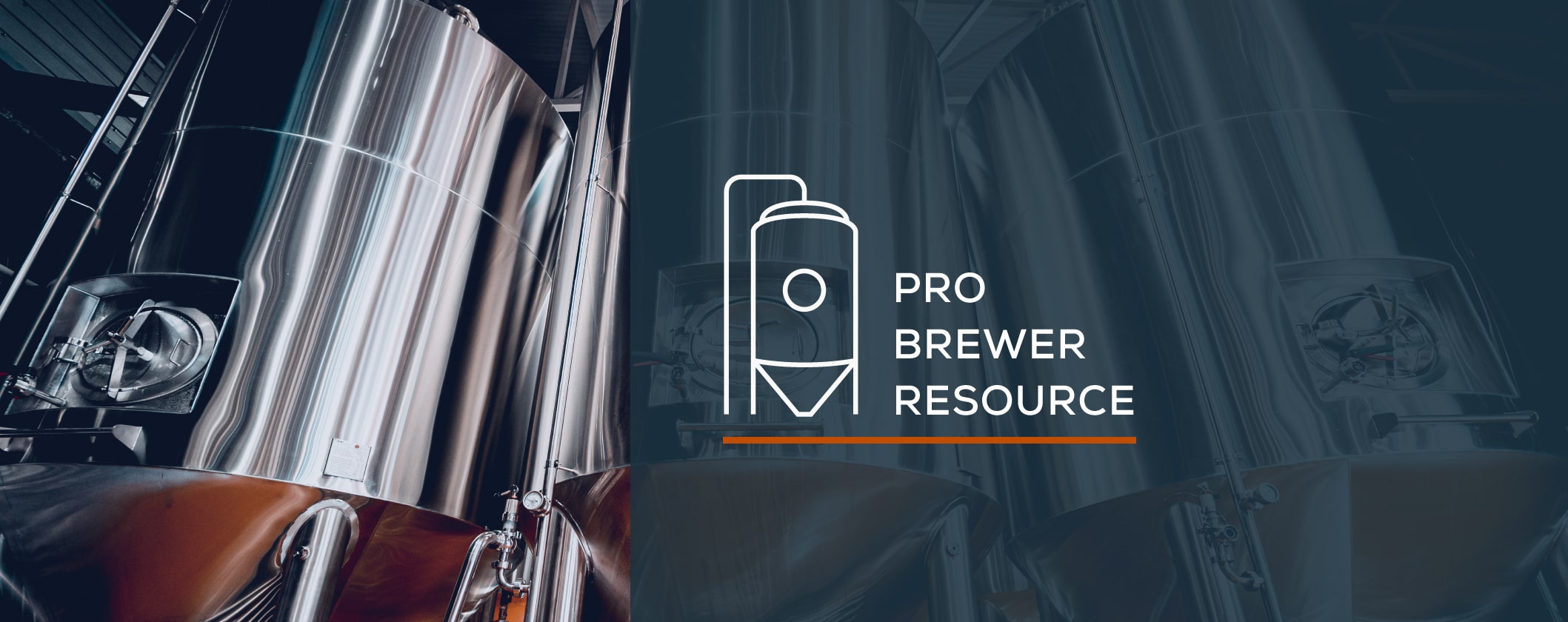Lager Brewing

Brewing a true lager takes more work and specialized equipment than brewing an ale. The most important factors in brewing a good lager outside of recipe formulation or wort gravity are: yeast strain selection, pitch rate, and fermentation temperature.
YEAST STRAIN SELECTION:
Once the recipe has been chosen, the next task that will have the biggest impact on the final beer is yeast strain choice. Brewers have a wide selection of lager strains to choose from. The strain should be chosen based on the style of beer, the fermentation temperature, original gravity, and time available for conditioning or lagering.
PITCH RATE:
Lagers typically have a reduced ester profile and are characterized as clean with discernable malt character. It is very important to recognize that pitch rate is directly related to ester production. Low pitching rates reduce solvent flavor esters such as ethyl acetate, 2-butyl acetate, isoamyl acetate, and ketones to name a few. Increasing the quantity of yeast pitched is the most effective method of reducing the ester profile in the finished beer. A minimum of 12 million cells per milliliter is recommended to keep esters low.
To achieve a minimum cell density of 12 million cells per milliliter (1 million cells/mL/°Plato), inoculate at a rate of 1.0 liter per barrel or hectoliter of standard gravity wort. An optimal pitch rate for lager brewing to produce clean and complete fermentations should use the standard of 1.5 million cells/mL/°Plato.
FERMENTATION TEMPERATURE:
Commercial lager brewing should pitch and ferment at cold temperatures to avoid the formation of increased levels of by products such as diacetyl, acetaldehydes, esters, fusel alcohols, and sulfur compounds during fermentation. If temperature is not properly controlled, it will cause undesirable off flavors in the final product. The best results will be achieved by pitching the yeast into cold and well aerated wort (48-58 °F, 9-15 °C).
SECONDARY FERMENTATION:
A secondary fermentation at a temperature below the primary fermentation allows for a slow reduction of any remaining fermentable sugars. This secondary fermentation can take from one to three weeks at temperatures starting between 39-41 °F (4-5 °C) and slowly falling to as low as 33 °F (1 °C). The length of the secondary depends on the amount of fermentable sugars remaining.
DIACETYL REDUCTION
During fermentation the yeast produces several different compounds, one considered an off flavor is Diacetyl, which gives a buttery flavor to the beer. During primary fermentation the yeast has the capacity to remove diacetyl. Since it is temperature dependent a raise will increase production, or the yeast will breakdown diacetyl into acetoin and 2,3-Butanediol at the middle of the primary fermentation.
Diacetyl reduction also takes place during secondary fermentation. Depending on the beer profile standard, once the fermentation process reaches 40 to 50% attenuation the temperature is raised 3 to 5 degrees to allow the yeast to reabsorb the diacetyl and break it down to Acetoin, then into 2,3 butanediol. After determining there is no more diacetyl present, the beer cooling process starts.
Example Diacetyl Rest Schedule:
Assuming the gravity is 1.048, once the wort drops to around 50% attenuation, the temperature is raised 2 degrees Fahrenheit or according to your beer specifications as in the following schedule:
| Day | Temperature | Density | |
|---|---|---|---|
| 1 | 54 °F (12 °C) | 12.0 °P | |
| 2 | 54 °F (12 °C) | 11.5 °P | |
| 3 | 54 °F (12 °C) | 8.4 °P | |
| 4 | 54 °F (12 °C) | 5.4 °P | |
| 5 | 56 °F (13 °C) | 2.7 °P | Raise temperature 2 degrees Fahrenheit or according to your beer specifications |
| 6 | 56 °F (13 °C) | 2.5 °P | |
| 7 | 56 °F (13 °C) | 2.3 °P | |
| 8 | 56 °F (13 °C) | 2.3 °P |
The diacetyl rest may take 6 days after raising the temperature at 56 °F (13 °C). The beer should be evaluated at this point to determine that it is not perceived or sensed.
Going above this temperature range will depend on the fermentation set temperature. If primary fermentation is set at 56 °F (13 °C), there is no other choice to raise the temperature to 57 °F (14 °C). Likewise, depending on your beer specifications in some cases it is possible to raise the temperature a bit higher.
Diacetyl may also be present if there is a Lactobacillus and Pediococcus contamination.
CONDITIONING OR LAGERING:
Lagering is a time when harsh flavors from fermentation are mellowed. Yeast re-absorbs some of the ester compounds from fermentation as well as some of the sulfur compounds. Malt tannins coagulate with haze-forming proteins and precipitate out along with some sulfurous compounds.
Temperatures should remain very stable during lagering, generally in the range of 33-34 °F (1-2 °C). Contact with oxygen at this point is very detrimental to beer flavor and should be avoided at all costs. Lagering time depends on many factors. If a cold secondary fermentation was employed, then the length of the lagering period can generally be decreased. A lagering period of one to four weeks is typical.
During maturation a head pressure of 14 PSI (1 Bar) should be kept at all times.
